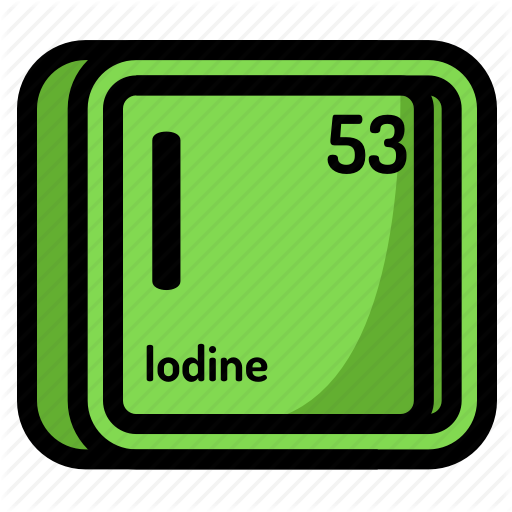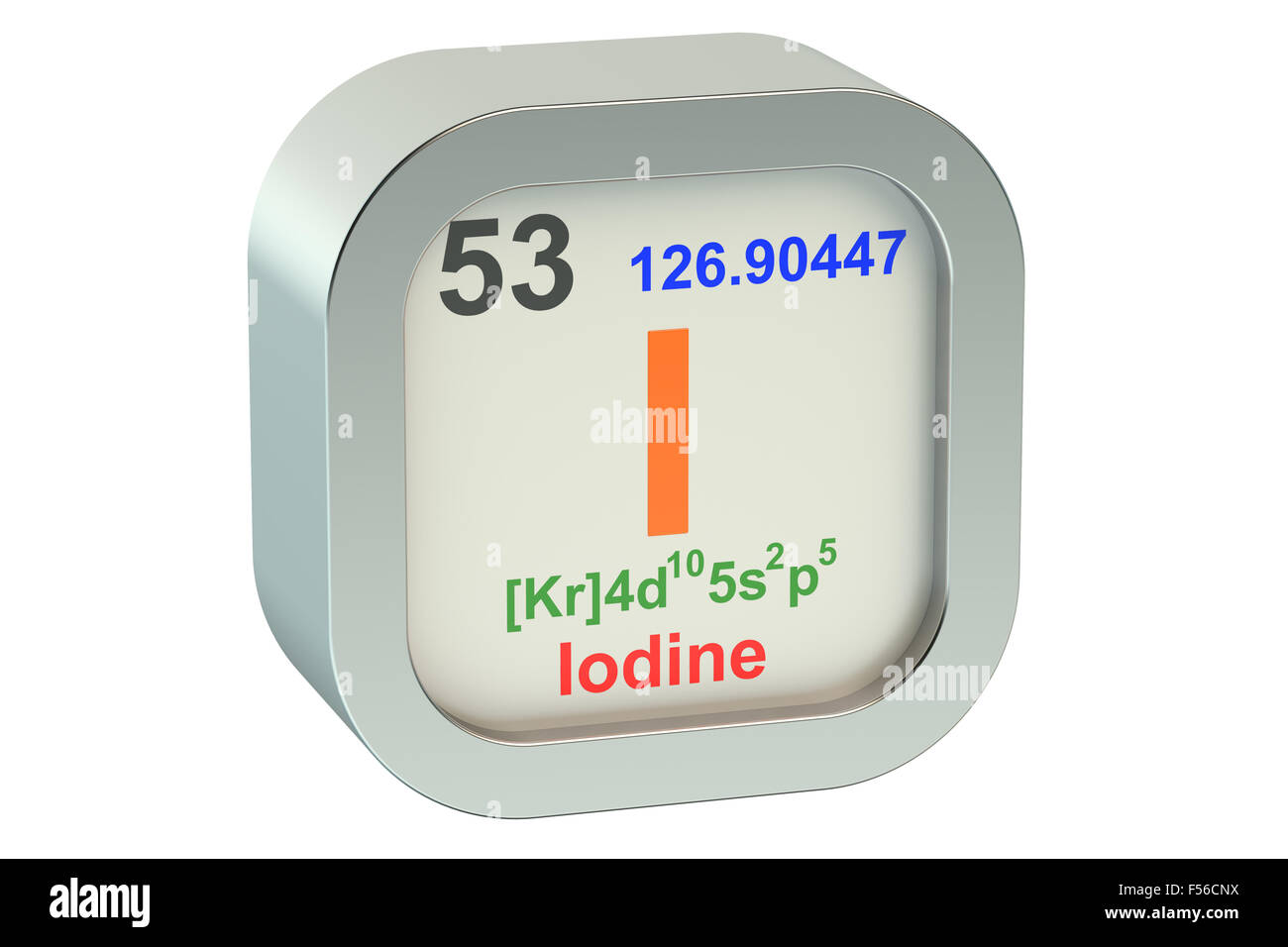
#Iodine charge symbol how to#
Here is a video which discusses how ions form and how to determine their charges. If your research funder has signed Plan S, your open access charges may be covered by your funder through December 31, 2024. An iodine ion with a charge of -1 is called iodide, which is why this compound. Transcribed image text: The element iodine Forms a cation/anion With the charge The symbol for this ion is The name for this ion is The number of electrons in this ion is. #KI#-># one -1 negative charge and one +1 are needed to cancel each other out and form a neutral compound. Potassium iodide (chemical symbol ''KI'') is a white, odorless solid that is typically used in its powder form. 100 (3 ratings) Iodine has 53 atomic number means it has 53. #MgI_2#-># two -1 charges from iodide are needed to balance the +2 positive charge from the magnesium cation This means that the ionic compounds formed with these two cations and the iodide cation will be When it manages to lose that electron, it will form the potassium cation, or K+. It is easier for iodine to gain an electron rather than to lose 7, so it will form an anion, or negatively charged ion, #I^(-)#. On the other hand, iodine is located in group 17 (main group 7), which means it has 7 valence electrons.

Iodine is the heaviest of the stable halogens, it exists as a lustrous, purple-black metallic solid at standard conditions that sublimes readily to form a violet gas. When it manages to lose that electron, it will form the potassium cation, or #K^(+)#. Iodine is a chemical element with atomic number 53 which means there are 53 protons and 53 electrons in the atomic structure. Likewise, potassium is located in group 1, which means it has 1 valence electron. Chemically, iodine is the least reactive of the halogens, and the most electropositive halogen after astatine. Iodine has 53 protons, 53 electrons, and 74 neutrons. When that happens, the magnesium cation, a positively charged ion, is formed #->#Mg^(2+)#. Iodine ( IPA: /adan, adn/, or /adin/ from Greek: iodes 'violet'), is a chemical element that has the symbol I and atomic number 53. This means that magnesium can easily lose those electrons to become stable, i.e.

An ion of platinum has a mass number of 195 and contains 74 electrons. Since the iodine is added as a 1 anion, the number of electrons is 54 53 (1) 54. Since magnesium is located in group 2 of the periodic table, it will have 2 valence electrons. Because the sum of the numbers of protons and neutrons equals the mass number, 127, the number of neutrons is 74 (127 53 74). To determine the charge on the ion of main group elements just look at its group number, or, in other words, at the number of valence electrons that element has.


 0 kommentar(er)
0 kommentar(er)
